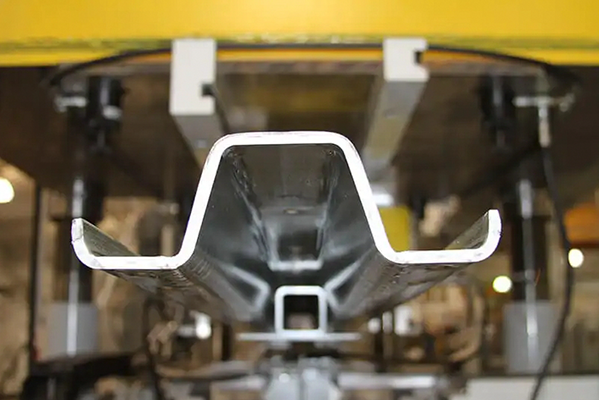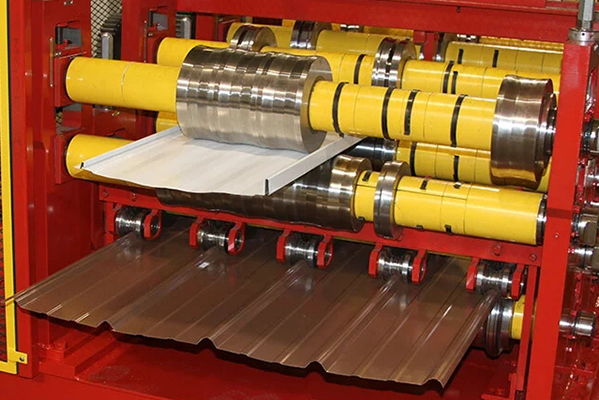Navigation Menu
Contact Us
- Email:
- info@wxavatar.com
- Address:
- Yurong Village, Yuqi Street, Huishan District, Wuxi, China.
Release Date:Jun 08, 2025 Visit:51 Source:Roll Forming Machine Factory
Roll forming is a versatile metal shaping process that produces continuous profiles with consistent cross-sections. One of its key advantages is the ability to create complex shapes with high precision. This article explores how roll forming machines manage intricate profile requirements while maintaining efficiency and accuracy.
Key Techniques for Handling Complex Profiles
1. Multi-Stage Forming Process
Roll forming machines use a series of rollers arranged in tandem to gradually shape metal strips into the desired profile. For complex geometries, additional forming stages are incorporated to ensure smooth transitions and precise bends. Each roller station incrementally modifies the material, reducing stress and preventing defects.

2. Custom Tooling Design
The ability to customize tooling allows roll forming machines to accommodate intricate profiles. Engineers design rollers with specific contours that match the final product’s requirements. Advanced CNC machining ensures tight tolerances, enabling the production of profiles with varying angles, curves, and embossed features.
3. Flexible Adjustments During Production
Modern roll forming systems incorporate adjustable components, such as side guides, height settings, and roll gaps. These adjustments allow operators to fine-tune the machine for different materials and complex shapes without requiring full tooling changes.
4. Computer-Aided Simulation and Control
Software simulations help optimize the roll forming process before production begins. By modeling material flow and stress distribution, manufacturers can predict potential issues and adjust tooling accordingly. Real-time monitoring systems further enhance precision by detecting deviations and automatically correcting them.
5. Integration of Secondary Operations
Complex profiles often require additional features, such as punching, notching, or welding. Roll forming lines can be equipped with inline secondary operations to add these features seamlessly, reducing post-processing steps and improving efficiency.
Benefits of Roll Forming for Complex Profiles
Consistency: The continuous process ensures uniform quality across long production runs.
Material Efficiency: Minimal scrap is generated compared to other forming methods.
Cost-Effectiveness: High-speed production lowers per-unit costs for complex profiles.
Versatility: Suitable for a wide range of metals, including steel, aluminum, and copper alloys.

Conclusion
Roll forming machines effectively handle complex profile requirements through multi-stage forming, custom tooling, adjustable settings, and advanced control systems. By leveraging these techniques, manufacturers can produce intricate metal profiles with high precision and efficiency, meeting diverse industrial demands.